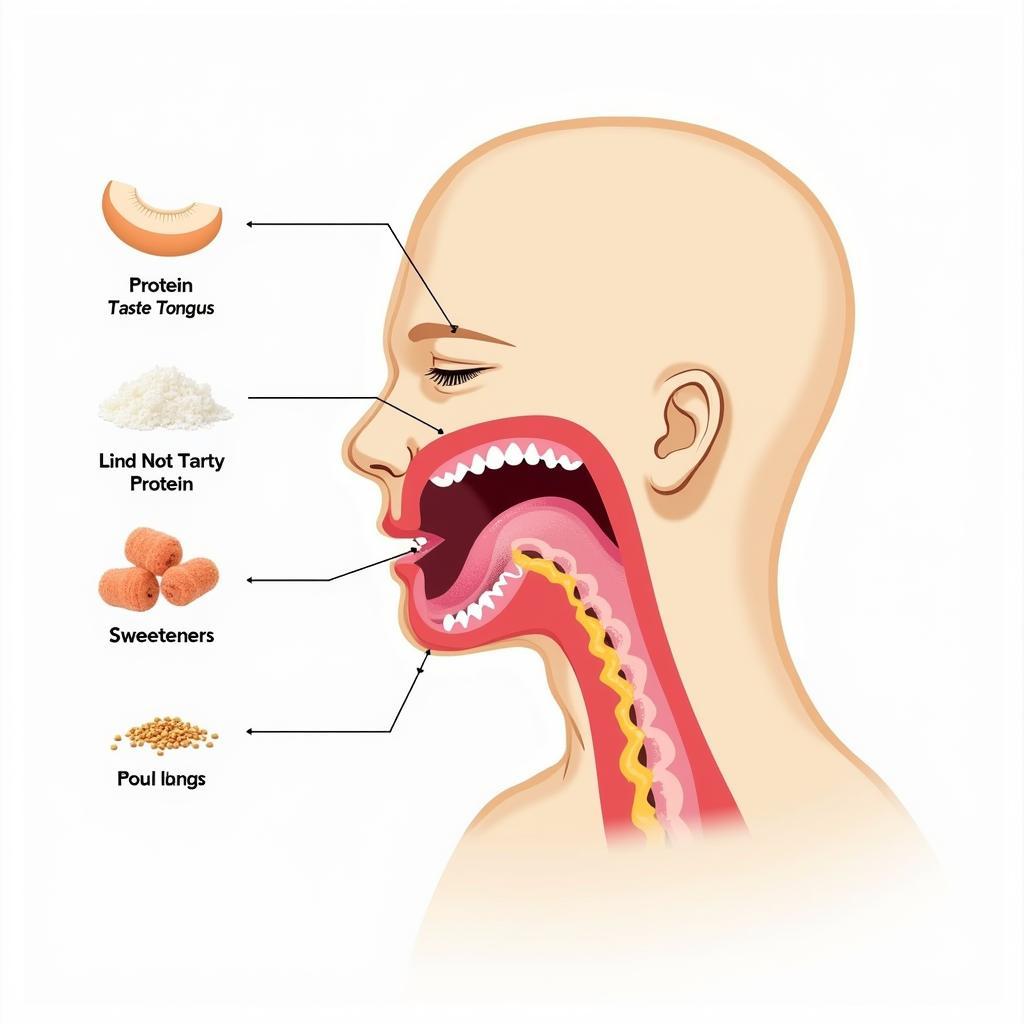Let’s face it: protein shakes aren’t exactly known for their deliciousness. In fact, for many people, choking down a protein shake is a necessary evil on the path to achieving their fitness goals. But why do these seemingly innocuous drinks often taste so bad?
 Lý do protein shake có vị đắng
Lý do protein shake có vị đắng
The Science Behind the Taste
To understand why protein shakes often leave a bad taste in our mouths, we need to delve into their main components:
1. Protein Sources: The Foundation of Flavor
The primary ingredient in any protein shake is, well, protein! But not all protein sources are created equal when it comes to taste. Whey protein, derived from milk, is generally considered more palatable than casein protein, which can be chalky. Plant-based protein sources like soy, brown rice, and pea protein often have their own unique, and sometimes undesirable, flavors that can be difficult to mask.
2. Artificial Sweeteners: A Necessary Evil?
Many protein shakes are low in sugar but sweetened with artificial sweeteners to enhance their taste. While these sweeteners can help cut down on calories, they often leave a bitter or metallic aftertaste that many find unpleasant.
3. Flavorings and Additives: A Masking Attempt
To combat the inherent taste challenges of protein powder and artificial sweeteners, manufacturers often add flavorings and additives to their products. However, these additions can sometimes create artificial or overly sweet flavors that don’t quite hit the mark.
 Cách protein shake ảnh hưởng vị giác
Cách protein shake ảnh hưởng vị giác
Other Factors Affecting Taste
Beyond the core ingredients, several other factors can influence the taste of your protein shake:
- Liquid Choice: Water is the most common liquid used to mix protein shakes, but it can also highlight any unpleasant flavors. Using milk or a plant-based alternative can improve the taste and texture.
- Mixing Method: A poorly mixed protein shake can be clumpy and difficult to swallow. Using a blender bottle or shaker cup can help create a smoother, more enjoyable consistency.
- Temperature: Some people find that cold protein shakes taste better, while others prefer them at room temperature. Experiment to find what works best for you.
- Personal Preference: Ultimately, taste is subjective. What one person finds delicious, another might find revolting.
Tips for a Better-Tasting Protein Shake
Don’t despair! You don’t have to suffer through another unpleasant protein shake experience. Here are some tips to make your shakes more palatable:
- Choose high-quality protein powder: Opt for brands known for their taste and use protein sources you enjoy.
- Experiment with flavors: Don’t be afraid to try different flavors to find one you love.
- Add natural sweetness: Instead of relying solely on artificial sweeteners, use fruits, honey, or maple syrup to sweeten your shake.
- Incorporate healthy fats: Adding avocado, nut butter, or seeds can improve the texture and mask any unpleasant flavors.
- Get creative with mix-ins: Experiment with spices, extracts, and other ingredients to create unique and delicious flavor combinations.
 Mẹo protein shake ngon hơn
Mẹo protein shake ngon hơn
Conclusion
While the inherent properties of protein powder and the challenges of masking its flavor can make for some unpleasant tasting experiences, understanding why protein shakes taste bad is the first step towards making them more enjoyable. By choosing high-quality ingredients, experimenting with flavors, and using these tips, you can transform your protein shake from a dreaded chore into a delicious and nutritious part of your day.